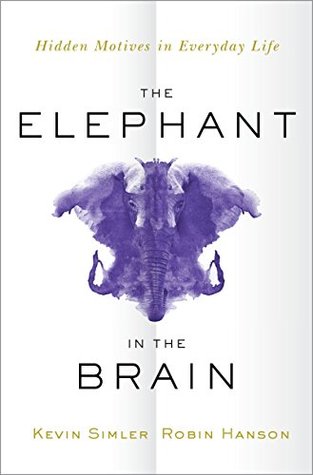Prior to the Industrial Revolution, when most items were made by hand, consumers unequivocally valued technical perfection in their art objects. Paintings and sculptures, for example, were prized for their realism, that is, how accurately they depicted their subject matter. Realism did two things for the viewer: it provided a rare and enjoyable sensory experience (intrinsic properties), and it demonstrated the artist’s virtuosity (extrinsic properties). There was no conflict between these two agendas. This was true across a variety of art forms and (especially) crafts.
Welcome back. Just a moment while we sign you in to your Goodreads account.


